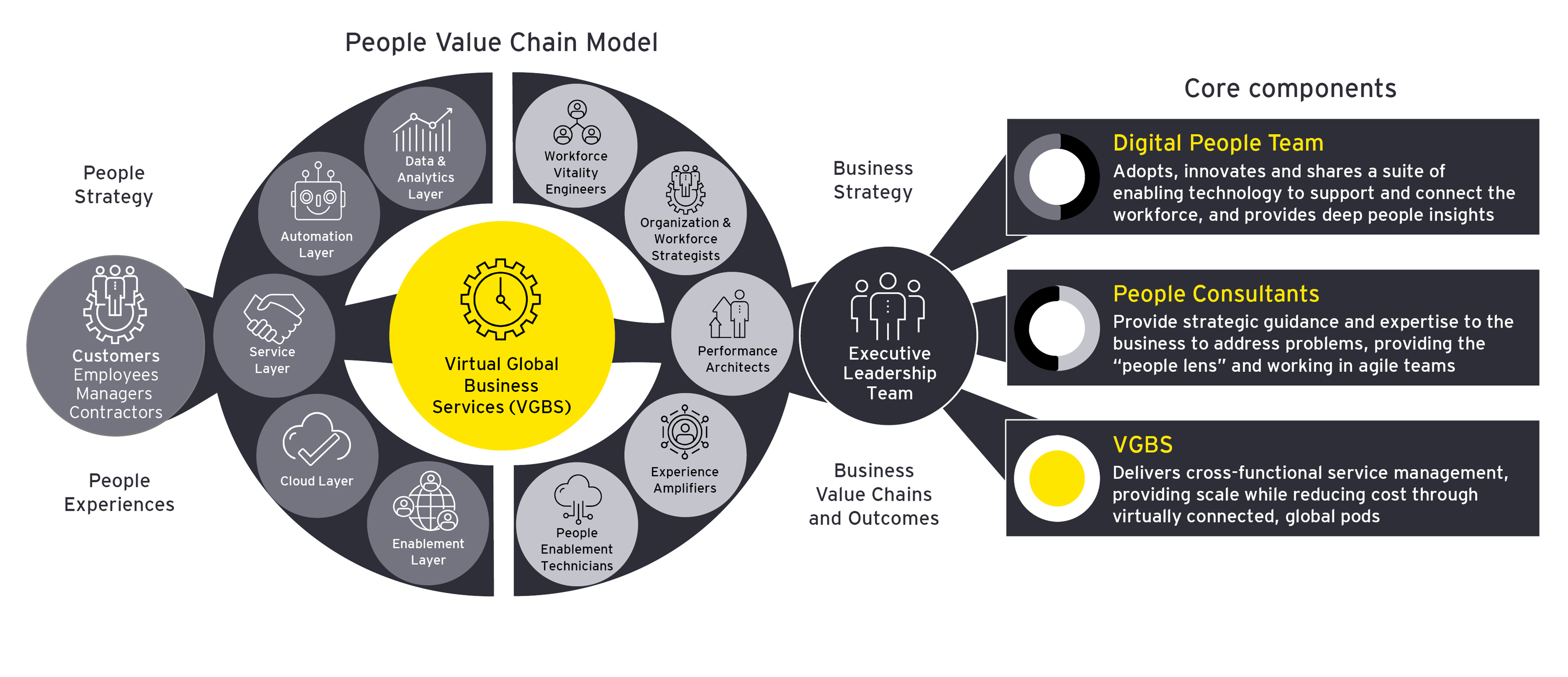The new year saw many predictions as to what 2021 will bring – economically, socially and psychologically. Within HR, speculation focused on life after the upheaval of 2020.
Here are some HR highlights and trends we can expect in 2021:
- The future of work begins today
- Candidates are prioritizing safety, security, and health when evaluating employers
- Wellbeing, diversity, inclusion and belonging will become top of the agenda for organizations
- The focus will shift to outcomes rather than activities
- Skills, learning and careers will converge
- Hybrid work models will demand empathetic leadership skills
For the HR function, the last 12 months have been very turbulent, with all efforts focused on ensuring operational continuity – both of the organization and the HR function itself. Many HR organizations have not had the resources or opportunity to reflect on their own purpose, or how to deliver their mission. Stuck in survival mode, HR leaders have not been able to progress in transforming the function to not only deliver operational excellence but also create value for the enterprise in an agile and sustainable way. Now, the question is how to reconcile what was important pre-pandemic with what the crisis has taught us about the function, organization and ways of working. Exploring these aspects allows HR functions to create a transformation roadmap and set priorities for the future.
Working differently
Post pandemic, people functions must adapt the way they work in order to deliver long-term value creation across the four key areas of:
- Financial value
- Human value
- Consumer value
- Societal value
Today, we’re still observing a failure to prioritize HR transformation due to difficulties in truly unlocking financial value within the HR function or for the organization. Many HR leaders struggle to articulate the initial business case or actual benefits realization.
The good news is that cost savings, better targeting of core services and enhanced people experiences are within reach. Leaders should start by focusing on rebalancing the HR budget and prioritizing efforts around value, working differently and making strategic investments. Combined, these actions will add up to create tangible value as part of an overall People Value Chain.
EY has developed a transformative new operating model based on this concept. The People Value Chain model offers a powerful, evergreen, way of delivering employee services. In this new operating model, the People Value Chain rests on three core components: the digital people team, people consultants and virtual global business services.



